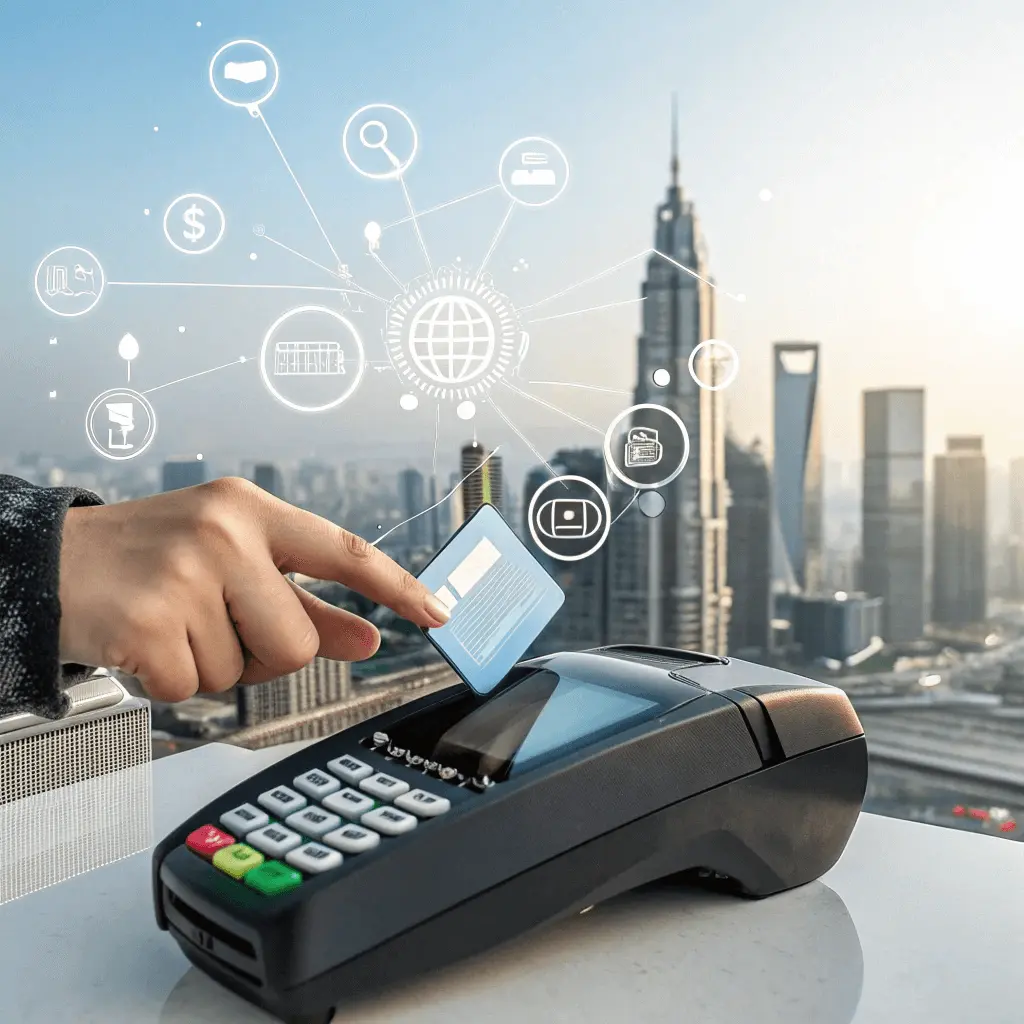In today’s rapidly evolving digital economy, innovating payment technologies are revolutionizing the way businesses and consumers interact across the globe. Traditional cash and card payments are increasingly being supplemented or replaced by advanced digital solutions that promise speed, security, and convenience. These technologies are not only transforming how transactions occur but also redefining the entire landscape of global commerce. From mobile wallets and contactless payments to blockchain and biometric authentication, the ongoing innovations are creating new opportunities and challenges for merchants, banks, and consumers alike.
The Rise of Mobile and Contactless Payments
One of the most visible trends reshaping commerce is the widespread adoption of mobile payment platforms and contactless technology. Smartphones equipped with Near Field Communication (NFC) capabilities allow users to make payments with a simple tap, eliminating the need for physical cards or cash. Mobile wallets like Apple Pay, Google Pay, and Samsung Pay have surged in popularity, particularly during the COVID-19 pandemic when consumers sought safer, touch-free payment options.
Contactless payments offer unparalleled convenience and speed, reducing queue times and streamlining checkout processes. Merchants benefit from faster transaction cycles and lower handling costs, while consumers enjoy seamless purchasing experiences. This trend is especially significant in emerging markets, where mobile payment adoption is leapfrogging traditional banking infrastructure, enabling financial inclusion for millions.
Blockchain and Cryptocurrencies: The New Frontier
Beyond mobile wallets, blockchain technology and cryptocurrencies are reshaping the foundation of payment systems. Blockchain’s decentralized ledger offers unparalleled security, transparency, and efficiency, allowing peer-to-peer transactions without intermediaries like banks or payment processors. Cryptocurrencies such as Bitcoin and Ethereum are gaining traction as alternative payment methods, both online and in physical stores.
Many businesses are exploring tokenization of assets and smart contracts that automate payment settlements, reducing delays and costs. Central bank digital currencies (CBDCs) are also on the rise, as governments aim to combine the benefits of cryptocurrencies with regulatory oversight. While regulatory hurdles and volatility remain challenges, blockchain innovations are undeniably influencing the future of global commerce.
Biometric Authentication Enhancing Security
Security remains a paramount concern in payment systems, and biometric authentication technologies are emerging as powerful tools to combat fraud. Fingerprint scanners, facial recognition, iris scans, and voice identification enable secure user verification that is difficult to replicate or steal. These methods are being integrated into payment devices and apps, providing an extra layer of protection.
Biometric payment authentication not only improves security but also enhances user convenience by reducing the reliance on passwords or PIN codes. This trend aligns well with the growing demand for frictionless, yet secure, payment experiences. Banks and payment providers investing in biometric solutions can build greater trust with customers while minimizing fraud-related losses.
Artificial Intelligence and Data Analytics in Payments
Artificial Intelligence (AI) and data analytics are becoming indispensable in the payments ecosystem. AI-powered fraud detection systems analyze vast amounts of transaction data in real-time to identify suspicious activities, allowing for faster intervention. Machine learning models continuously adapt to new fraud patterns, enhancing the robustness of security frameworks.
Moreover, payment data analytics help merchants understand consumer behavior, optimize pricing, and personalize offers, driving sales growth. AI also facilitates chatbots and virtual assistants that improve customer service in payment disputes or inquiries. The integration of AI is thus propelling payment systems towards smarter, more responsive operations.
The Future Outlook: Integration and Innovation
As payment technologies evolve, integration across platforms and devices will be critical to creating seamless ecosystems. The convergence of IoT (Internet of Things), 5G connectivity, and digital currencies promises novel payment scenarios, such as autonomous vehicles paying for fuel or smart appliances ordering supplies automatically.
Financial institutions and fintech startups must collaborate to innovate while ensuring compliance and data privacy. Governments will play a crucial role in shaping regulatory frameworks that encourage innovation without compromising security. Ultimately, the continuous advancement of payment technologies will democratize access to financial services and foster a more inclusive global economy.
